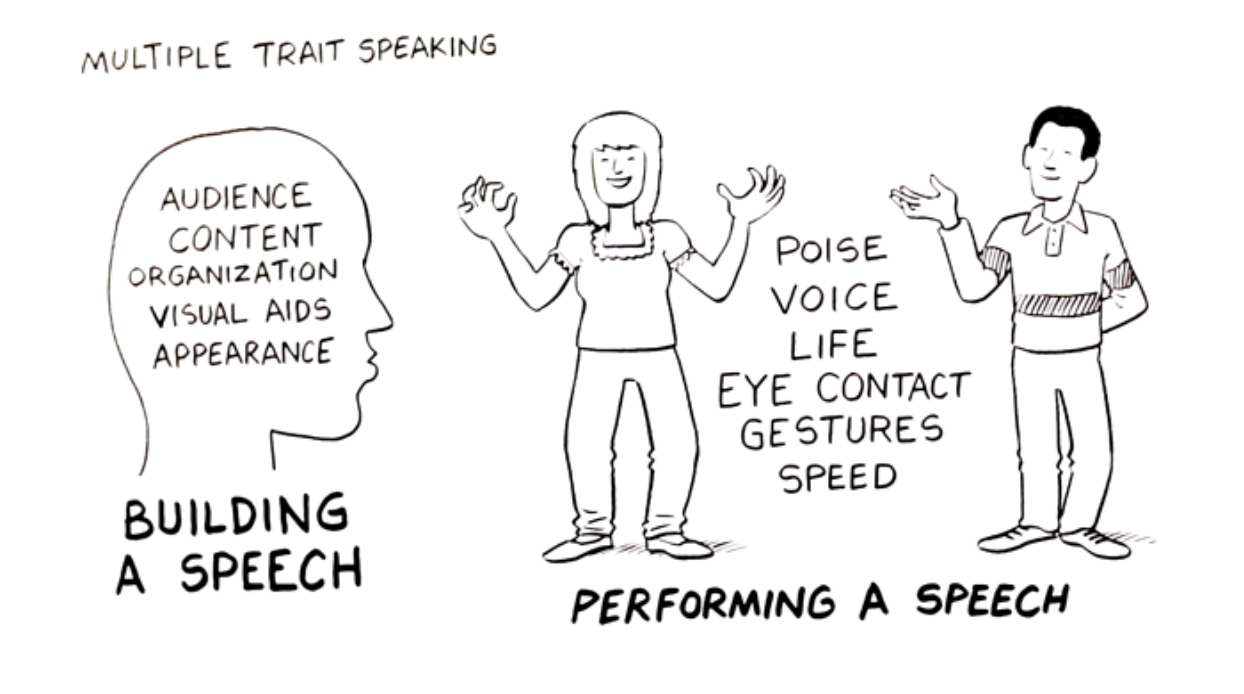Multiplication Strategies
It has been a busy fall in 5th grade. We started the year off practicing multiplication using the area model strategy for solving. This strategy allows us to look at numbers in terms of place value, make calculations based on value, and add up the parts as seen in the model below. In doing this, students build a strong understanding of what the numbers in a problem actual represent, rather than just memorizing a series of steps. Although the model below shows grid lines representing an
array, students in the fifth grade are expected to use an "open array" model for their calculations.

As the fall progressed, students moved from this area model strategy to the 'partial product strategy' for solving problems. This strategy also involves breaking apart numbers by place value, as you can see on the right side of the image above, and multiplying each part of one factor by each part of the other factor. This model begins to more closely represent the traditional, or US Standard, algorithm for solving multiplication.
And
FINALLY, the moment you have all been waiting for...when your students begin to calculate multiplication problems the way that we all learned how to - using the traditional algorithm!
While some students were resistant to learning this method (why change when the area model has become so easy?), they are now finding that this method is more efficient and FUN!
Students who are meeting the standards for multiplication are able to use
ALL three strategies to problem solve, especially the most recent (the traditional algorithm) with ease, accurately, and consistently.
Here is a comparison of all three strategies:

In order for your child to be successful with multiplication and division,
it is imperative that he/she knows their multiplication and division facts! Use free time to quiz them: in the car, at breakfast, any time is a good time to throw out facts and increase their recall speed.
This will only benefit them as we move into volume, fractions, and decimals in upcoming units!
 |
| https://pslesciencetuition.files.wordpress.com/2014/11/primary-6-science-tuition-logo.jpg | | | | | | | | |
Let it GROW
We are in the midst of our plant unit. Growing plants in classroom terrariums, tracking growth data on a bar graph, identifying plant parts and their functions are all part of this unit.

Peer Teaching is a part of this unit. Students are responsible for one (and in some cases two) of the plant parts: roots, stems, leaves, flowers and seeds. They have completed their research and are about to begin their practice for teaching. The expectation is that students will learn their material very well and will then present their plant part information (along with an instructional poster) to the rest of their group. This informational peer teaching strategy will work like a learning "jigsaw." Students will be assessed on their topic knowledge as well as their oral presentation skills.
Presentation Skills: PVLEGS
Wondering how presentation skills are assessed? Students have been introduced to the 6 traits of speaking model for public speaking: PVLEGS. PVLEGS is an acronym for Poise, Voice, Life, Eye Contact, Gestures, and Speed. Applying all of these traits to a presentation will allow your child to deliver a confident, clear, and engaging speech! We've just started practicing so be sure to ask us about it!
 |
| http://www.davestuartjr.com/wp-content/uploads/2014/07/Screen-Shot-2014-07-25-at-3.21.11-PM.png |



























